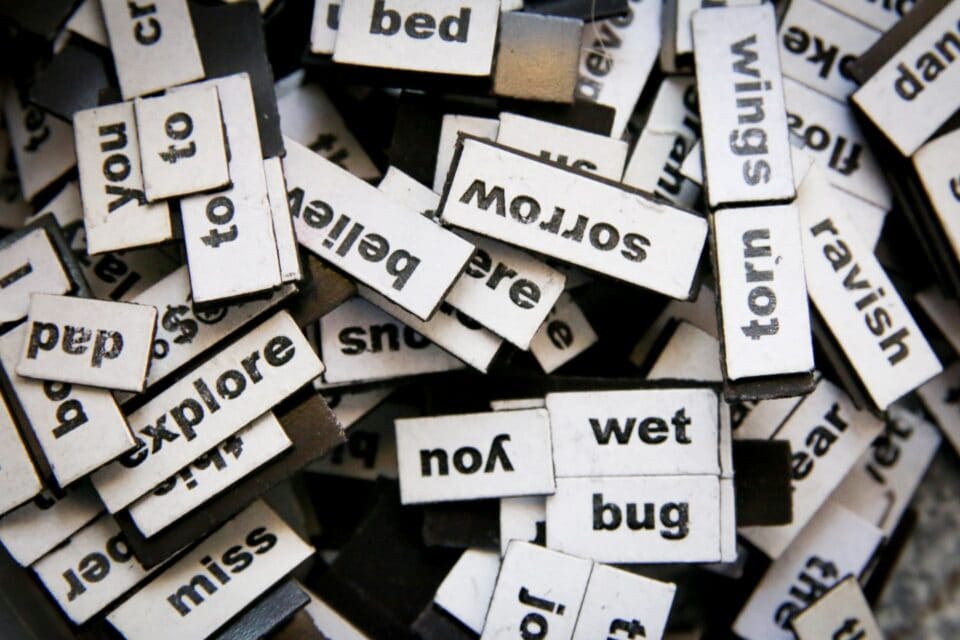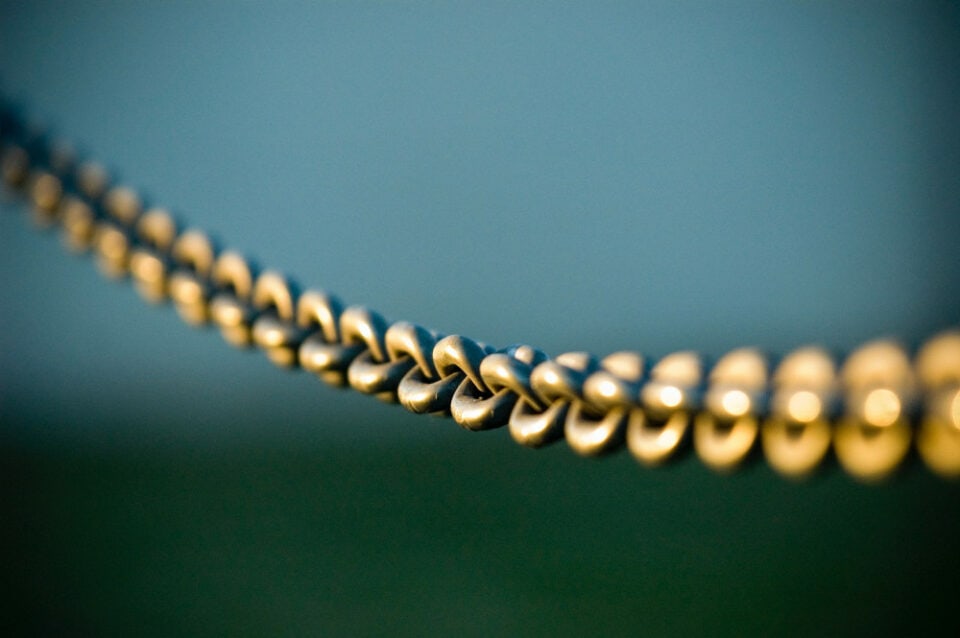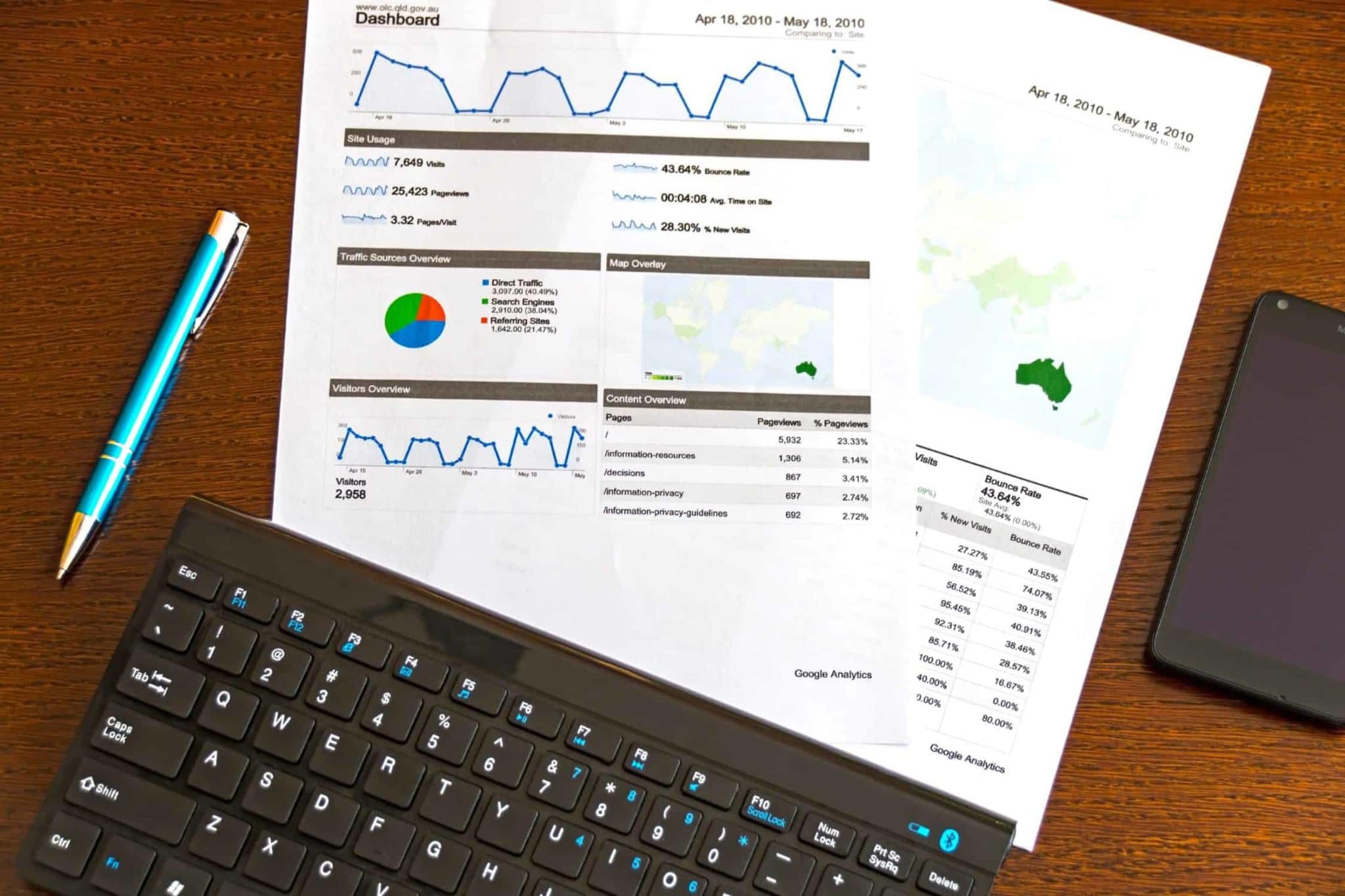How to choose great images for your website
The brain processes visuals 60,000 times faster than it does text.
This means the old cliche “a picture is worth a 1000 words” really is true.
Having great images of your products, your team or you location can be the difference in a prospective customer choosing you or the competition.
Here’s another interesting statistic:
Content with relevant images gets 94 percent more views than content without.
Hopefully you already have fantastic images to put up on the website. If you don’t then here are some things to think about when looking for images.
Professional photography or DIY?
If you just can’t find the right image or you need specific photos of your team / location then getting in a photographer is probably the right thing to do.
Before you engage a photographer talk to your graphic designer and web designer to get an idea of the sorts of photographs and formats they need. Make a brief for the photographer and make sure they understand what you need and why.
The magic of great image?
Have you ever fallen in love with a design but couldn’t explain why?
These visceral reactions are some of the strongest connections we can make to visual content. When we feel a visceral reaction, we are responding from the part of the brain responsible for survival instincts and fight-or-flight responses. The response is subconscious. It originates from the central nervous system whenever we’re stimulated by vital factors like food, shelter, danger, or reproduction. We might not be able to explain why we love a beautiful design because our conscious thought hasn’t yet caught up with our subconscious.
The trick with making visceral reactions work in visual content is being aware of the feelings that your images and video evoke. If you can elicit a survival-type response—pictures that hint at safety by showing a home or a field, for instance—you may be able to tap into a visceral reaction.
Well balanced photos are also important. Images that follow the rule of thirds or the golden ratio tend to look better to the human eye. (The rule of thirds involves mentally dividing up your image into thirds both horizontally and vertically. You then position the important elements in your scene along the ‘thirds’ lines, or at the points where they meet.) We apply these design principals to your website so it’s great if the images reflect this too.
So look for images that:
- Encourage a visceral or emotional reaction.
- Have, bright bold colours.
- Feel well balanced (often these images conform to the rule of thirds or the golden ratio).
Just images or is there more?
Sometimes a photo isn’t the right tool to get the message across to the reader. The visual element should always be context specific. For example, if you are selling computer software the customer is going to want to see what the software looks like in use. This could be done with a video or screenshots of a feature. Take the time to consider what type of visual content will work best for you.
Other type of visual content to consider:
- video
- icons / drawings
- screenshots
- infographics
- data visualisation (standalone charts, graphs)
How to find great images for your website
Let’s look at where you can find good quality photos and illustrations online. There are stock images available, some you will need to pay for (e.g. from Shutterstock or iStock) and some that are free to use or come with a ‘creative commons’ licence.
Where can I get stock photos?
We like Shutterstock, they have a huge range of images and more importantly their search engine is fantastic. You can save images you find in a “lightbox” to share with us or your team. You will need to buy ‘credits’ to be able to download and use them.
Can I get any images for free?
Yes. Just don’t go randomly copying any image you find on the internet!
There are a number of good sources of free images. Several sites, including Flickr and Unsplash, provide images that are free of charge under a Creative Commons license. Another good source is Burst, Shopify’s library of free images. A website called CSS Tricks keeps a list of good quality photo sources that are free and also lists the licensing requirements.
This can mean more work for you looking through different websites looking for the right image, but if cost is a factor then it is worth your time to check.
A word on licences (copyright)
!important
You are probably aware of a little something called copyright. It is what grants creators of any original work the exclusive rights to its use and distribution. This, of course, includes images. Whoever creates an image or takes a photo owns it and can decide how it may or may not be used.
Often times, creative people will grant some usage rights in the form of licenses, the most well-known of which are public domain and Creative Commons.
Public domain
Works that are part of the public domain are either free of any copyright or their intellectual property rights have expired. This often occurs in works that have been created a long time ago, such as the writings of Shakespeare.
Images that belong to the public domain can be used, downloaded, shared, copied, and edited without limits and without the need for attribution. You will find a bunch of sources for these kinds of images in the list below.
Creative commons
Creative Commons is a non-profit organization dedicated to help creatives make their works available for the use of others. For that matter, they have released a number of licenses that authors can employ to clearly state what they allow others to do with their work.
The widespread adoption of Creative Common licenses have made hundreds of millions of photos available for free. Good news for anyone in web publishing.
In detail the different licenses state the following:
- CC BY: You can distribute and edit the image in question in any way you want as long as you credit the original author.
- CC BY-SA: SA stands for “share alike.” It grants the same rights as the preceding license, however, anything you create on the basis of a work licensed in this way has to be shared with the same license attached to it.
- CC BY-ND: Redistribution allowed, however, you can’t edit or, in any way, change the original work and have to credit the author.
- CC BY-NC: This license allows you to do what you want with the image in question, as long as you credit the author and don’t use the work (or derivatives from it) for commercial purposes. However, you don’t have to license anything based on the original work in the same way.
- CC BY-NC-SA: This is the same as the aforementioned license, however, anything you might create from the original work has to be published under the same license.
- CC BY-NC-ND: This license is the most restrictive of the bunch. No commercial use, no tinkering with the original, and when shared the author must receive appropriate recognition.
The first two licenses are most favoured. Everything else is often too restrictive to be used in web publishing. However, when you do, always be sure to attribute correctly.



